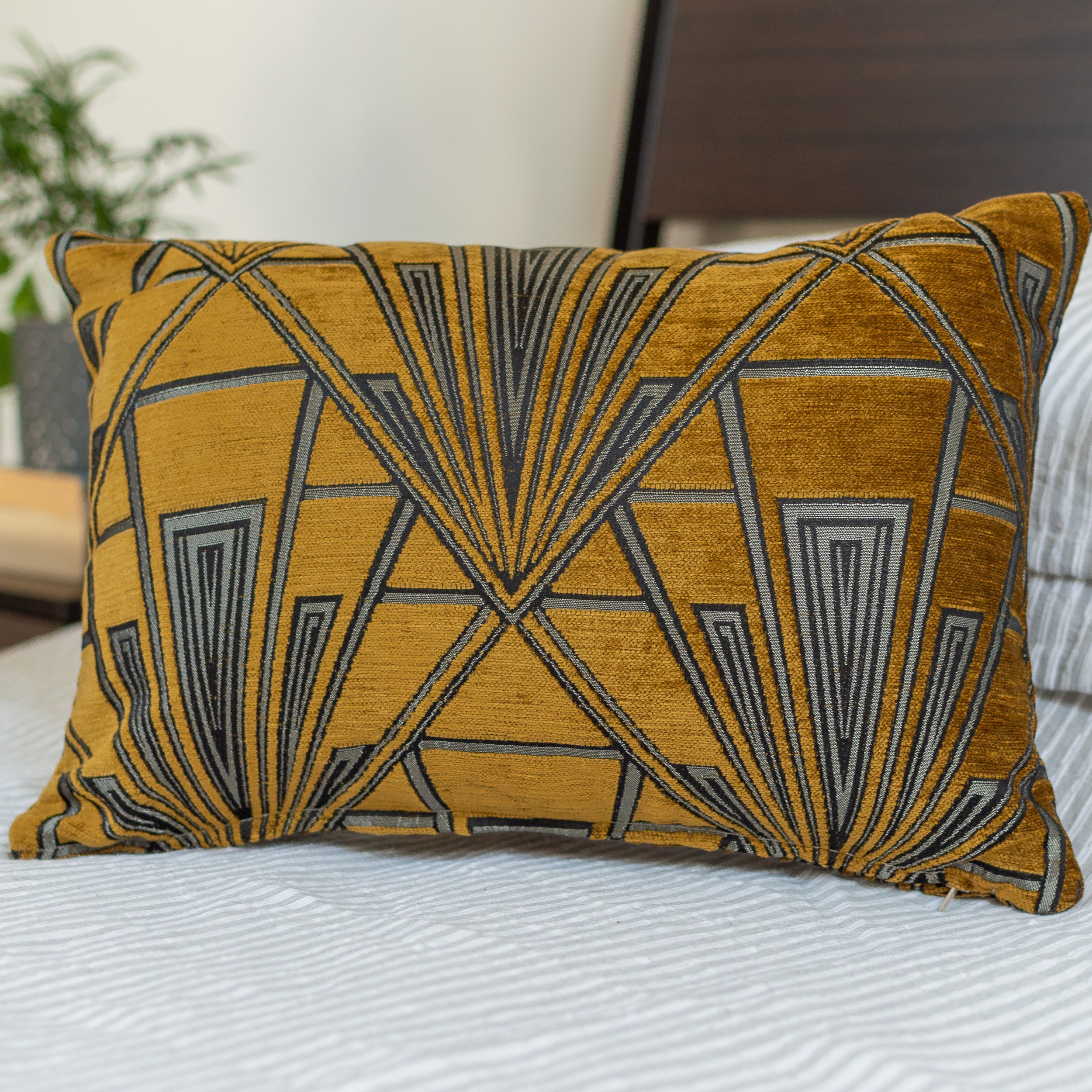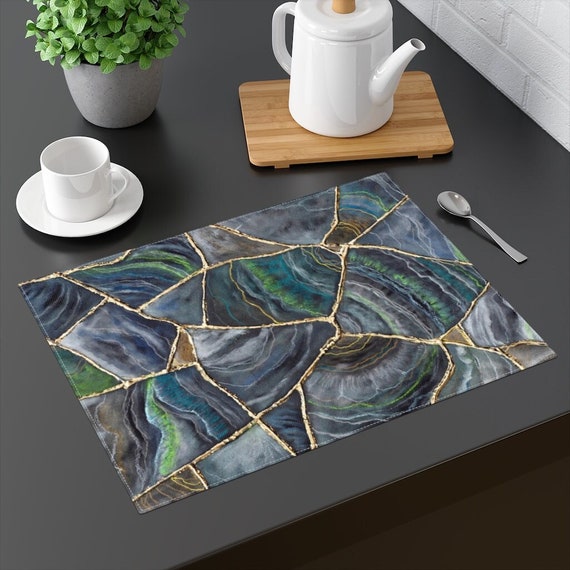Top News Sites Can Be Fun For Anyone
5 Easy Facts About Unique Art Explained
Table of ContentsThe 30-Second Trick For Unique ArtThe 25-Second Trick For Unique ArtThe Best Strategy To Use For Unique ArtAn Unbiased View of Unique Art
While one might dispute which art form holds priority, the truth stays that each of these 7 forms supplies a distinct home window into human background, society, and development. They are the tapestries that chronicle our trip, advising us of our past while motivating visions for the future.Great art work narrates, makes people look two times, and develops an unique experience that can not be matched. Art and images communicate all of that through color, form and various other layout elements. Discover exactly how to make your one-of-a-kind art work attract attention from the crowd.
3 Emil DervishIn this entrance by Emil Dervish that stunning cobalt blue door takes the program. To bring a lot more dramatization, he expanded the paint. to the doorframe and the wall surface up, ending up in a curved form. The contours, in addition to a spherical sconce, soften the edges - Unique Art. Structures vintage posters and maps of beloved locations established the scene.
8 TRIA GIOVANEqual parts grand and laidback, this entrance hall made by Anthony Baratta is the perfect blueprint to follow if you're decorating an official entry that still really feels unfussy and comfy. Formed fabrics take center phase (see the rugs and the sofa), yet they additionally assist bring the high ceilings down to a human range when hung over wallpaper.
Not known Details About Unique Art
18 Heidi Caillier DesignA gallery wall surface doesn't require to take up the whole area. Actually, in some cases a little one can make a bigger style statement. In this living space, Hiedi Caillier chose micro-mini frameworks and an arbitrary composition. Promotion - Continue Reading Below19 Stephen Kent JohnsonDesigner Juan Carretero selected a deep eco-friendly paint shade to contrast with the light wood surfaces.
, the expression of ideas and emotions, with the production of specific visual high qualities, in a two-dimensional visual language. The aspects of this languageits shapes, lines, colours, tones, and texturesare made use of in various means to create sensations of quantity, space, motion, and light on a flat surface area. These aspects are integrated right into expressive patterns in order to represent actual or supernatural phenomena, to interpret a narrative style, or to create entirely abstract visual partnerships.
Later the concept of the "great artist" developed in Asia and Renaissance Europe. Famous painters were paid for the social condition of scholars and courtiers; they signed their work, decided its style and typically its subject and imagery, and established a much more personalif not always amicablerelationship with their customers. During the 19th century painters in Western societies began to lose their social setting and safe patronage.
Unique Art Fundamentals Explained
Others made a revenue with exploring exhibitions of their job. The need to appeal to an industry had actually changed the similar (if less impersonal) needs of patronage, and its result on the art itself was most likely similar. Typically, musicians in the 20th century can reach an audience only via industrial galleries and public museums, although their job might have been sometimes recreated in art periodicals
For the background of paint in ancient Egypt, see Egyptian art and style. The development of painting in various regions is dealt with in a number of articles: Western paint; African art; Central Eastern arts; Chinese paint; Islamic arts; Japanese art; Korean art; Native American art; Nautical art and architecture; South Eastern arts; Southeast Asian arts. For a discussion of the imitation of works of art, see imitation. For a conversation of the function of paint see and various other arts in religion, as well as of making use of religious symbols in art, see spiritual importance and iconography. For details on other arts associated with painting, see posts here such as drawing; people art; printmaking. , even when a painting's narrative meaning is obscure.
Don't copy the design of other artists if you're looking for your style. Copying other people's artwork can be wonderful in instructional purposes yet it will certainly not make you closer to locating your very own unique style. Your imaginative design needs to be, what you such as and what motivates you.

The Main Principles Of Unique Art
You require to try great deals of different alternatives and discover every little thing prior to you can concentrate on one certain design or you'll be tired, or worse, you'll despise your own style. I recommend you to attempt every single subject that you're interested in, discover as much as you can. Attempt different tools that delight you and brand-new techniques you've never tried before.
With time you'll have the ability to arrange every one of them into your preferred and least favored categories. Try to concentrate your focus on the topics and tools that you like and before you see it coming you'll have your own personal and one-of-a-kind style, like no one else have! In the end you'll have a few favorite topics to paint and possibly a few preferred mediums.
